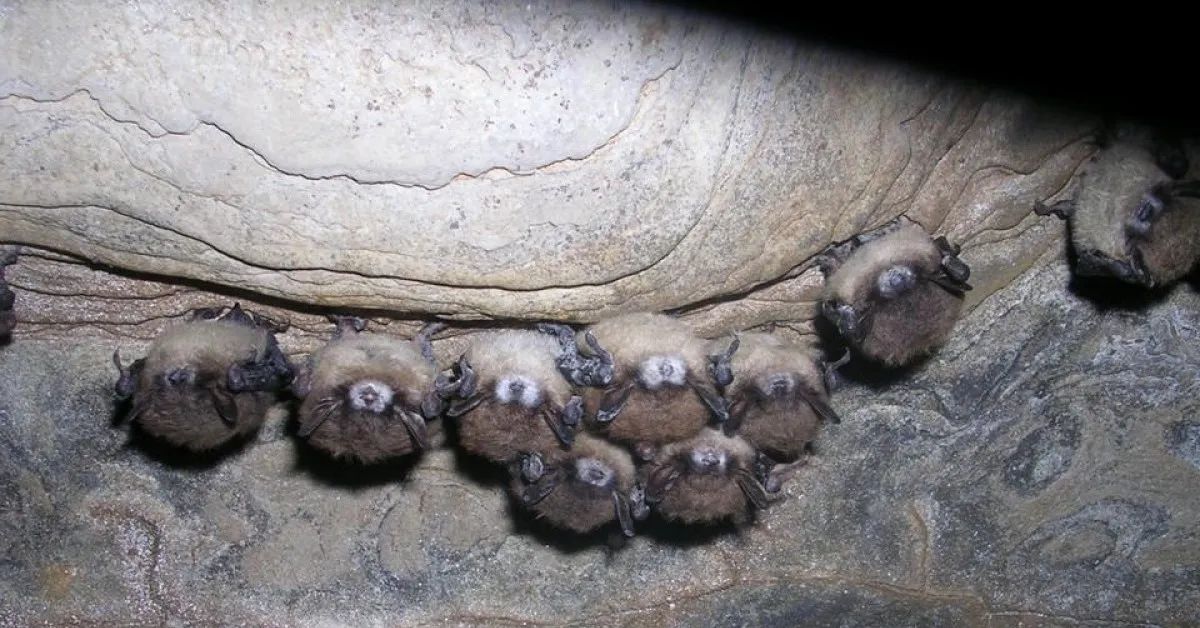
Fungal Bat Disease Costing U.S. Agriculture Millions
May 20, 2020
Sure, adorable bumblebees get a lot of the pollinating attention. But did you know that BATS also play a huge role? Not only do they help to pollinate our domestic crops, but they also aid in fertilization and provide pest control. In fact, the U.S. Geological Survey states that studies have estimated that service could be worth over 3.7 billion dollars annually and possibly as much as 53 billion.
However, in a parallel to stories seen over the past few decades on bumblebees, bats are also finding their populations under attack. White-nose syndrome (WNS) is considered one of the worst wildlife diseases in modern times having killed millions of bats across North America.
From WhiteNoseSyndrome.org, WNS is a disease that affects hibernating bats and is caused by a fungus, Pseudogymnoascus destructans, or Pd for short. Sometimes Pd looks like a white fuzz on bats’ faces, which is how the disease got its name. It’s estimated that WNS has been in North America since at least 2006.
A recent article from Boise State Public Radio outlines that a fiscal loss for agriculture accompanies the bat population loss. They report that a recent paper out of Colorado State University suggests the loss of bats due to the highly contagious fungal disease costs U.S. agriculture up to $495 million a year, based on 2017 estimates.
WNS has continued to spread rapidly. Bats with white-nose syndrome have now been confirmed in 38 states and seven Canadian provinces. For the current map, tips on identification and decontamination, and the latest WNS news, visit WhiteNoseSyndrome.org.
Photo Credit: U.S. Geological Survey










